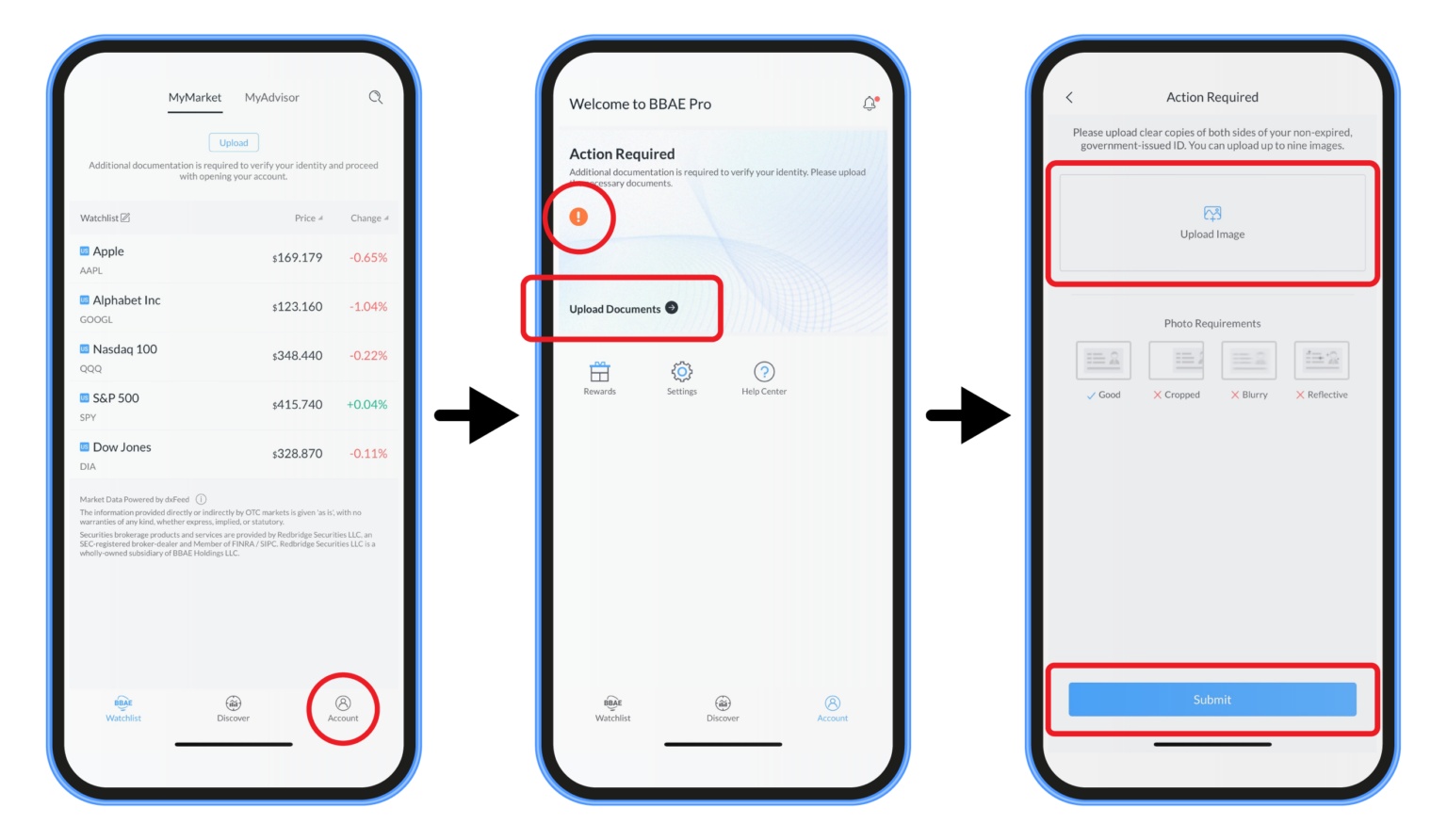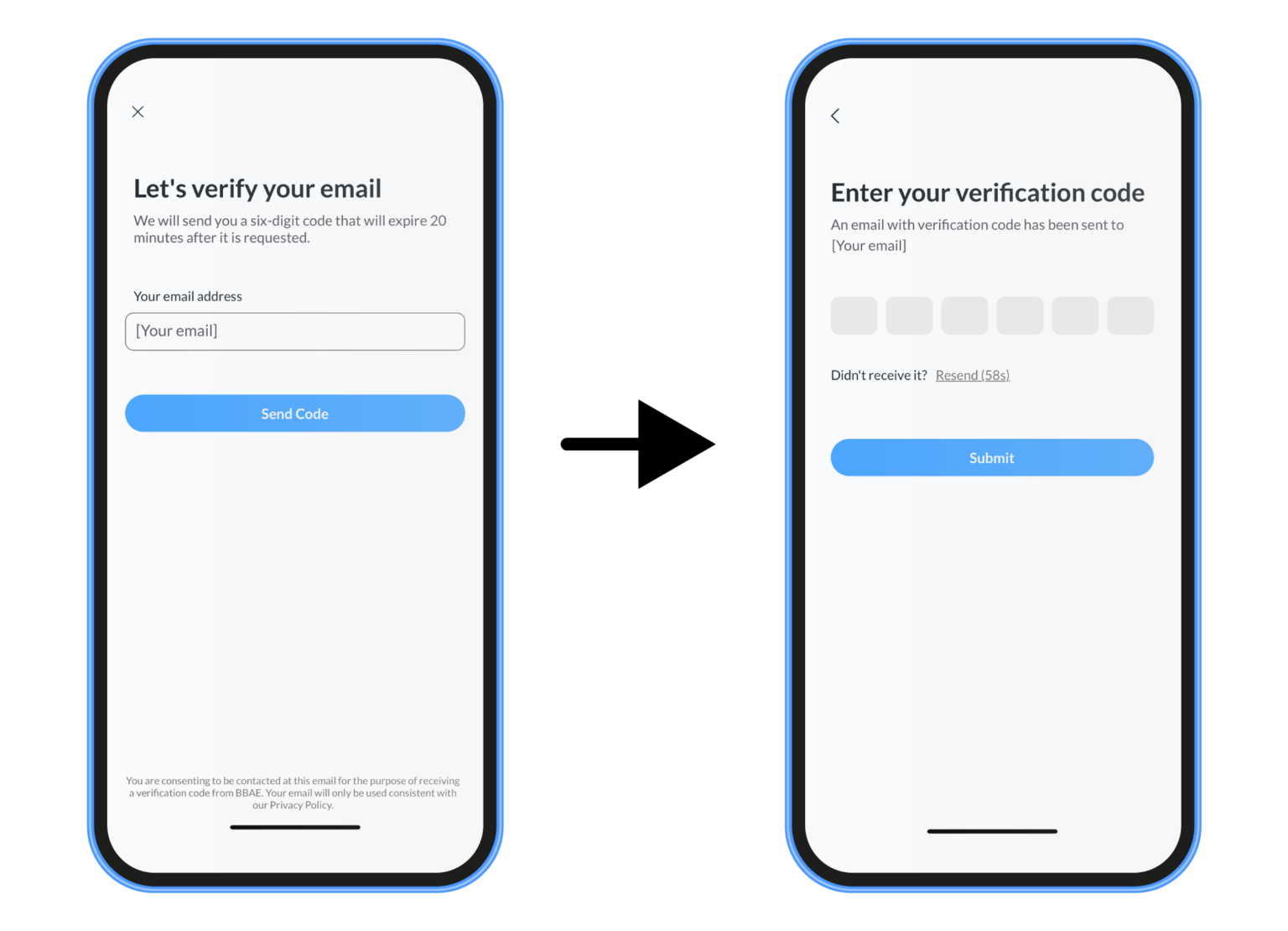BBAE offers individual self-directed brokerage accounts through our wholly-owned subsidiary, Redbridge Securities LLC, a FINRA/SIPC member, and investment advisory accounts through BBAE Advisors LLC, our SEC-registered investment advisor. For entity account inquiries, contact us at support@bbae.com.
MyMarket Accounts:
Emphasizing personal control and autonomy, allowing users to manage their investments using our platform’s trading tools and resources.
- Cash brokerage accounts: The default account type for buying and selling securities with available cash funds only. Suitable for most individual self-directed investors building a portfolio using a mix of stocks, bonds, ETFs, mutual funds, and other assets.
- Margin brokerage accounts: For eligible clients seeking leverage and short selling ability. Margin accounts let you borrow funds from BBAE to buy securities worth more than your deposited cash, up to certain limits. Approval for margin trading privileges is based on eligibility criteria, including experience, risk profile, and account equity. Ongoing margin interest charges apply for borrowed amounts. Margin trading involves additional risks and is not suitable for all investors.
- Options brokerage accounts: For eligible clients seeking options trading privileges for hedging risks or speculation. Approval is based on options experience, risk tolerance, account equity, and other factors. Options trading allows for more complex strategies but also higher risks. Options trading privileges are not suitable or approved for all client accounts.
MyAdvisor Accounts:
Catering to investors seeking a hands-off approach to investing while benefiting from professional expertise. BBAE MyAdvisor partners with market-leading asset allocators to provide active portfolio management, offering personalized, diversified portfolios tailored to each user’s unique financial goals and risk tolerance. This approach combines the convenience of automated robo-advisory services with the insights and expertise of professional investors, allowing users to focus on their long-term objectives. Investment advisory accounts are offered through BBAE Advisors LLC, an SEC-registered investment advisor.
Entity brokerage accounts:
For businesses, partnerships, trusts, and other legal entities. Opening an entity account typically requires additional documentation to establish authorization and verify controlling individuals. Account types and trading privileges available depend on the entity structure and financials. Please contact us for details on opening a corporate or institutional account.




